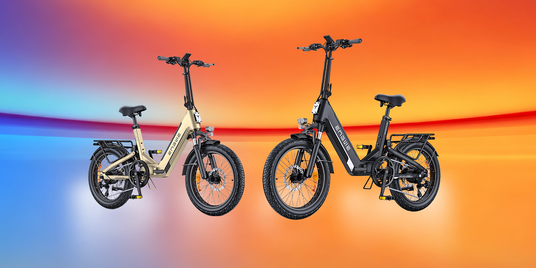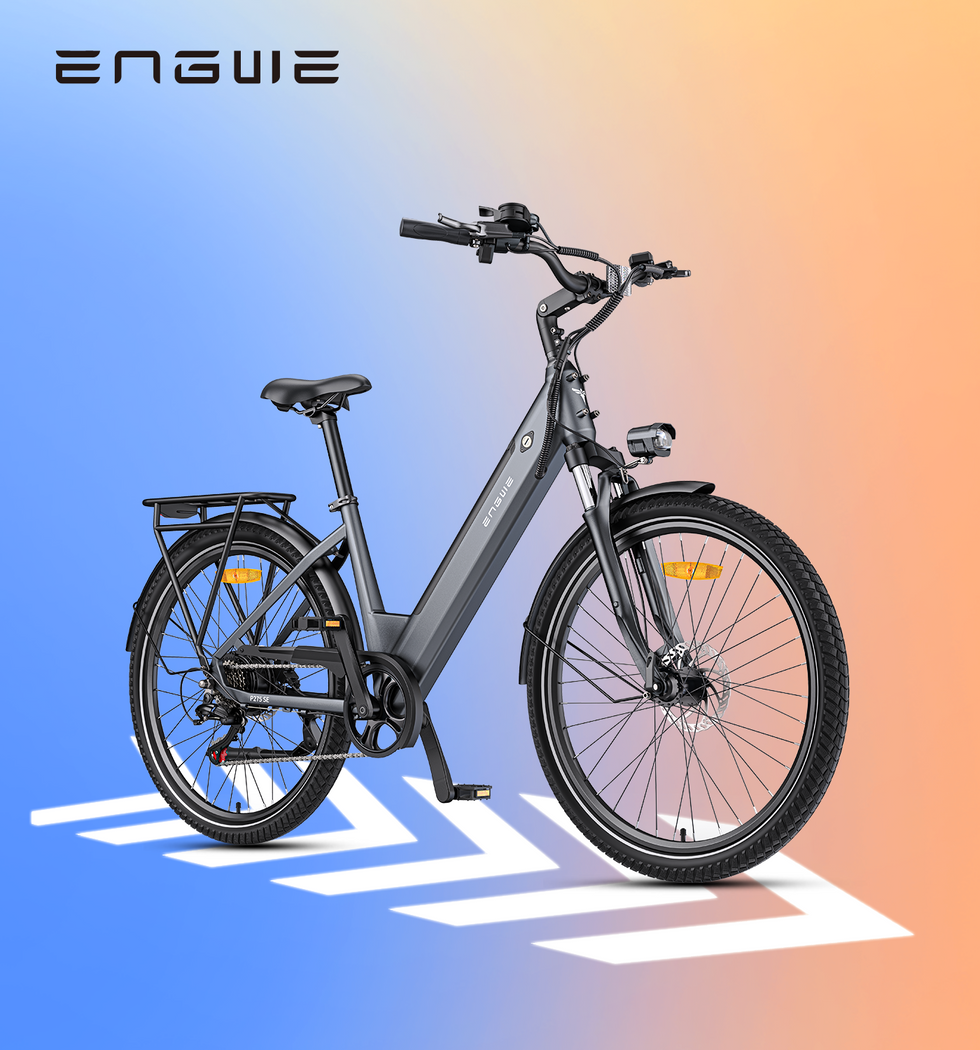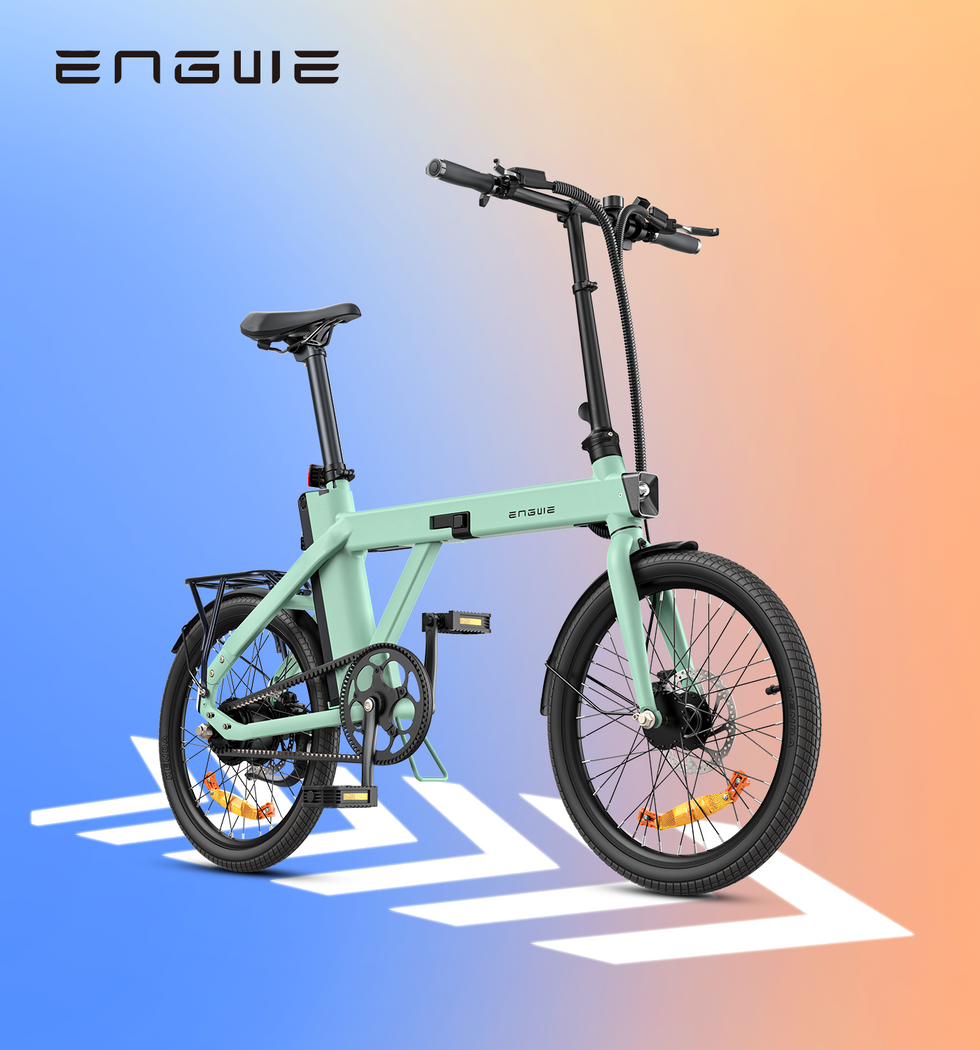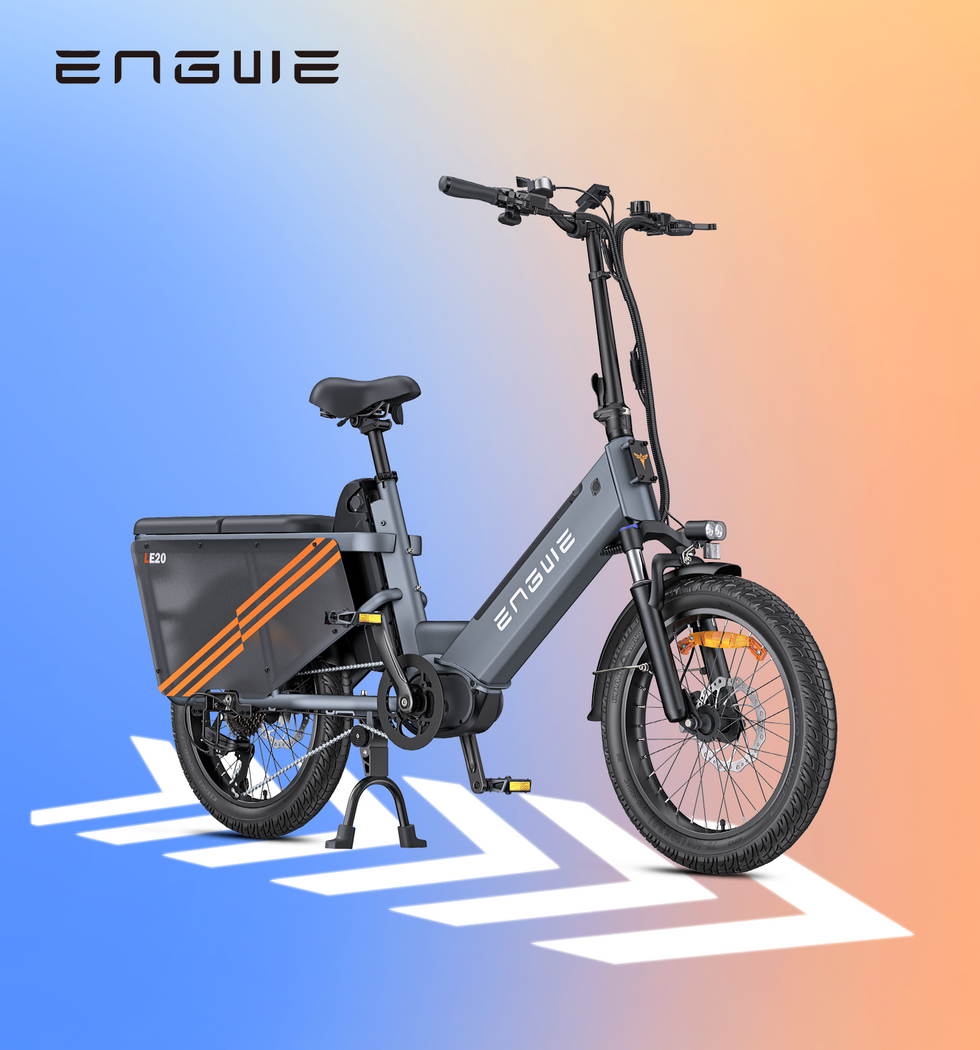E-bikes offer users an easy way to zip around any roadblock without breaking a sweat. The e-bike commute is convenient, practical, and fun. For all the right reasons, everyone wants to own an e-bike in 2025. But with surging numbers of users, several questions pop up regarding e-bikes.
One of them, asked by many, is, “Are e-bikes allowed on sidewalks?” The quick answer is it depends. Unlike traditional bicycles having universal regulations, e-bike regulations vary across Europe. So, some EU countries may allow e-bikes to be ridden on sidewalks and others may not.
This article has all the information you need regarding e-bikes and sidewalks. Let’s jump right into it.
Why sidewalks are off-limits in most EU countries
The general rule across the EU is that sidewalks are not meant for e-bikes, so the broad answer is no. While countries and cities have different laws concerning e-bikes on sidewalks, the broad EU regulations see sidewalks strictly reserved for the massive number of pedestrians.
Amidst the motorized noise on the roads and bike lanes, sidewalks are meant to be safe spaces for pedestrians. Although electric bikes are smaller and quieter than cars, they can reach speeds of at least 25 km/h, which poses a serious risk to sidewalk pedestrians on a bustling pavement.
To prevent the inevitable chaos that will ensue after allowing several e-bikes on sidewalks, most European nations prohibit pavement riding. You will be heavily fined even for riding your e-bike at the slowest speed on sidewalks.

Country regulations concerning e-bikes and sidewalks
To make things easier for you, this is a country-by-country overview of sidewalk rules concerning e-bikes:
-
France: E-bikes are strictly banned on sidewalks. Their space is reserved in bike lanes and on roads. Violators are to be fined.
-
Germany: Germany follows France in prohibiting e-bikes on sidewalks.
-
Spain: Police in Spain are given a special mandate to enforce the prohibition of e-bikes on sidewalks in busy cities like Barcelona and Madrid.
-
Italy: The sidewalk prohibition trend of EU nations is followed by Italy as well.
-
The Netherlands: E-bikes are considered low-speed vehicles, so they are reserved for bike lanes and certain roadways only—not on sidewalks.
-
Belgium: The rules in Belgium are a bit lenient. You can walk on the sidewalk with your e-bike if it is powered off and you are pushing it.
-
Portugal: Regulations in Portugal concerning e-bikes on sidewalks are most flexible in the EU. You can ride your e-bike on sidewalks at low speeds in certain cities. But the varying local laws need to be checked before you take your e-bike for a spin on the sidewalk.
You can always walk the scooter on sidewalks
Almost all EU countries allow the walking of e-bikes on sidewalks if the motor is off. By doing so, you will be considered a pedestrian, as you are walking with the e-bike by pushing it with your force. It is convenient for e-bike owners wishing to bypass a busy pedestrian area without collecting a fine; it will just take a bit longer.

Risks associated with riding e-bikes on sidewalks
European nations are known for their busy sidewalks with swarms of pedestrians, as most Europeans prefer walking to driving vehicles. This means a busy European sidewalk is the last place you would want to ride your e-bike.
You simply will not have enough space to ride your e-bike for even 5 seconds. The minimum 25 km/h electrically assisted speed of pedelecs is too much for busy sidewalks, making you trample pedestrians. The sight of an e-biker on a sidewalk can be menacing for walking pedestrians, who would always get startled, resulting in panic that might lead to accidents.
Where can you ride your electric bike?
Mostly, e-bikes are not allowed on sidewalks, but there are many other avenues to comfortably ride your e-bike.
-
Bike lanes: Many European cities have designated bike lanes that are marked and provide a safe space for e-bike riding. They are the ‘way to go’ because of the smooth riding experience, clear visibility, separation from heavy traffic, and maintenance.
-
Shared use lanes: Most busy cities offer shared use lanes for pedestrians and bikers. They are wider than sidewalks and can accommodate more traffic of varying types. Still, you need to be cautious with riding amongst pedestrians by keeping speeds low.
-
Roadways: E-bikes on roads follow the same regulations that concern traditional bicycles in most cities. This means you will adhere to the same traffic rules: riding with the traffic, obeying signal posts, and indicating your turn with hand signals.
-
Parks and trails: Many parks and trails dotted across Europe allow e-bikes, however you need to check the park’s regulations just to be sure. Respecting pedestrians and nature on the trail is a must.
-
Private property: School campuses, private parks and their trails, and your own house’s driveway can be ridden with e-bikes without restrictions.
ENGWE’s EP-2 Boost is perfect for the rough terrain of parks and trails, as it offers incredible comfort through EU-compliant boost power of 55 Nm of torque and intelligent pedal sensing for uphill experiences. The modern 20 x 4.0-inch one-piece wheels, Shimano 7-speed gearbox, and a comfortable suspension make dirt road riding a breeze. And, range anxiety is out of the question with the EP-2 Boost’s superior 120 km range that is 40 km greater than what the competition offers.

Final thoughts
E-bikes are typically not allowed on sidewalks for safety reasons for yourself and the pedestrians. Failing to comply with sidewalk regulations for e-bikes may result in heavy fines, so always check your local laws and regulations concerning e-bikes and where you can ride them. Sidewalks are mainly for pedestrians, but it is allowed to walk your e-bike on sidewalks and ride it on various other pathways, including bike lanes, shared use lanes, and roadways.



